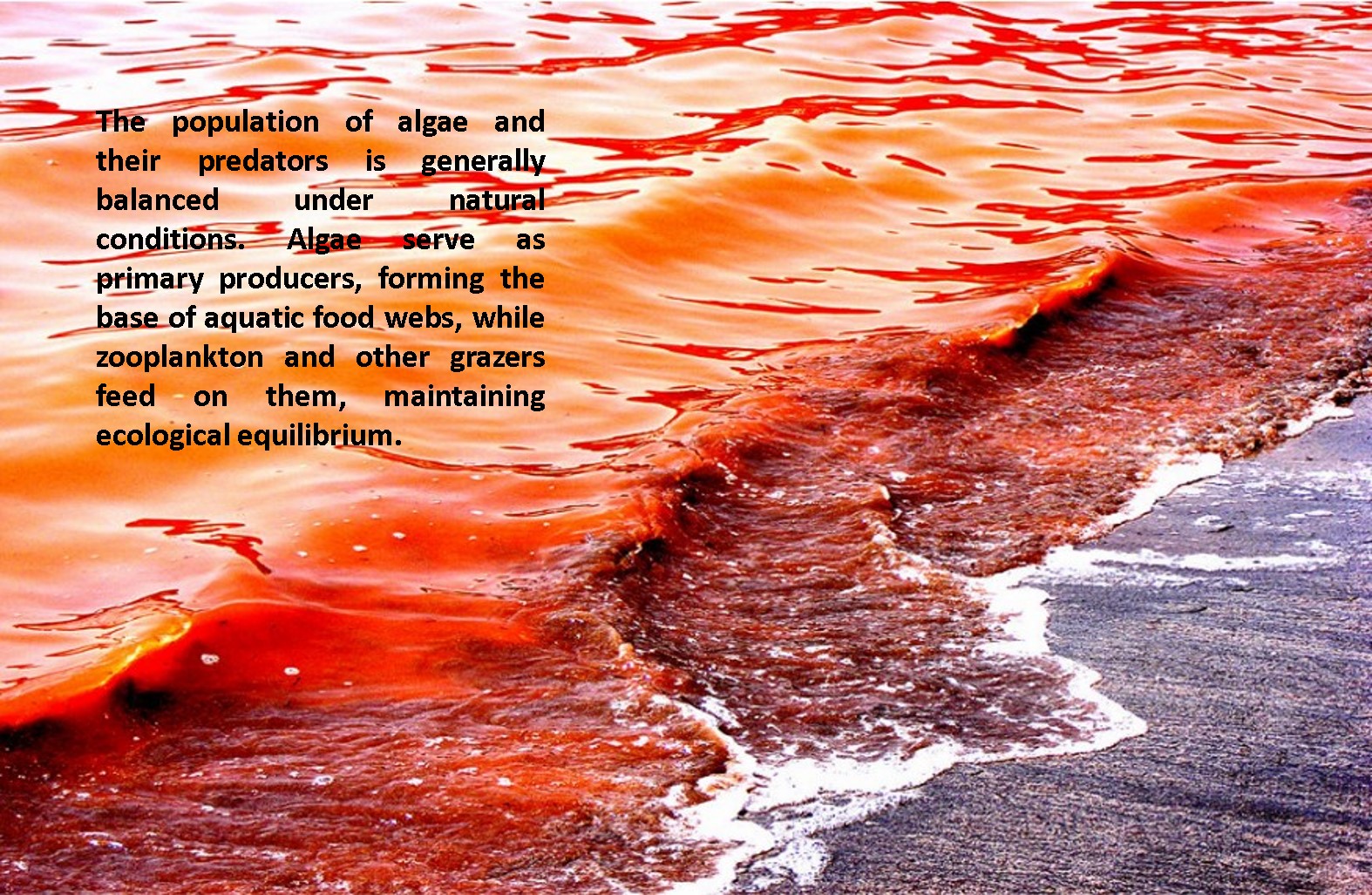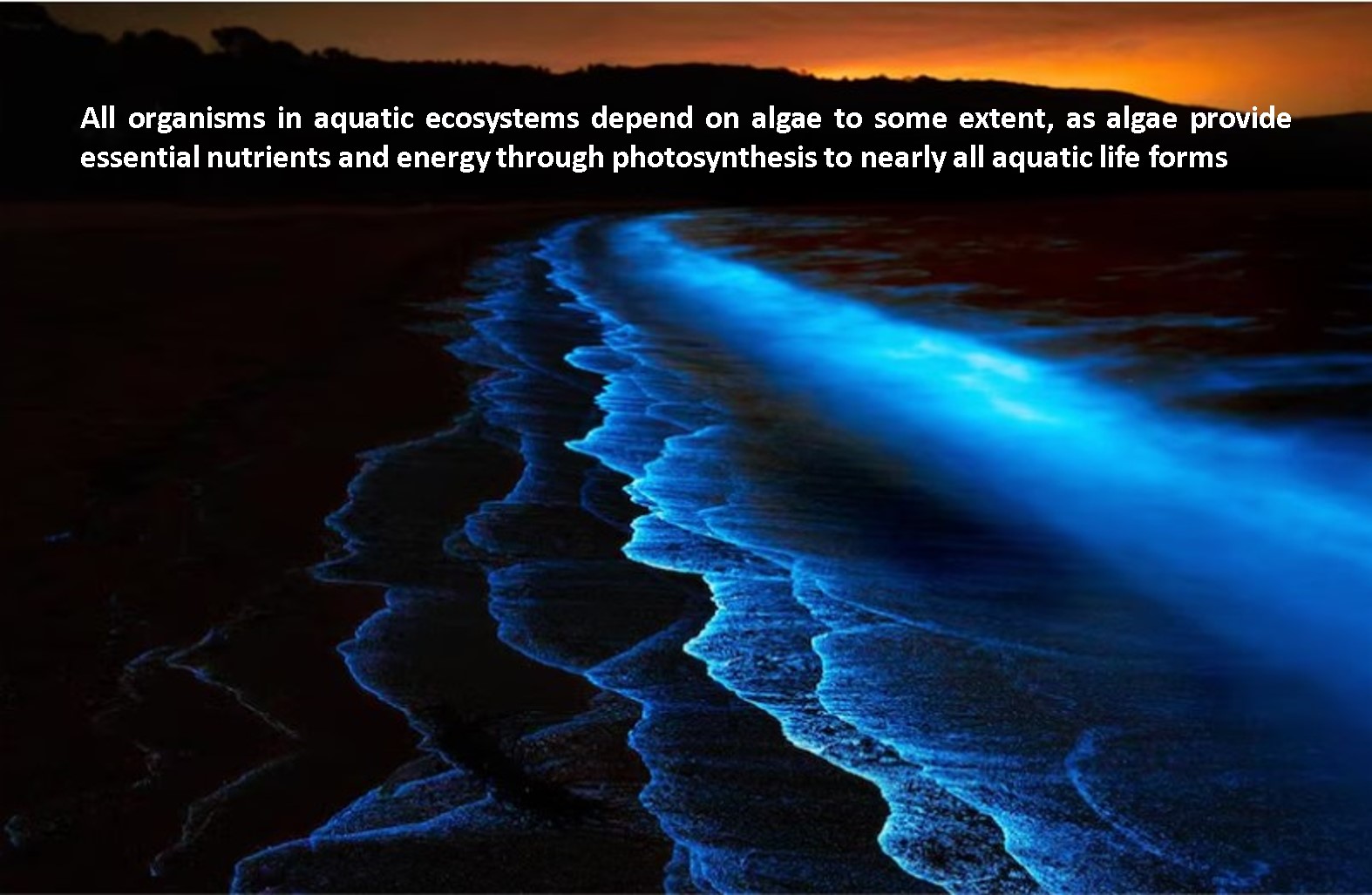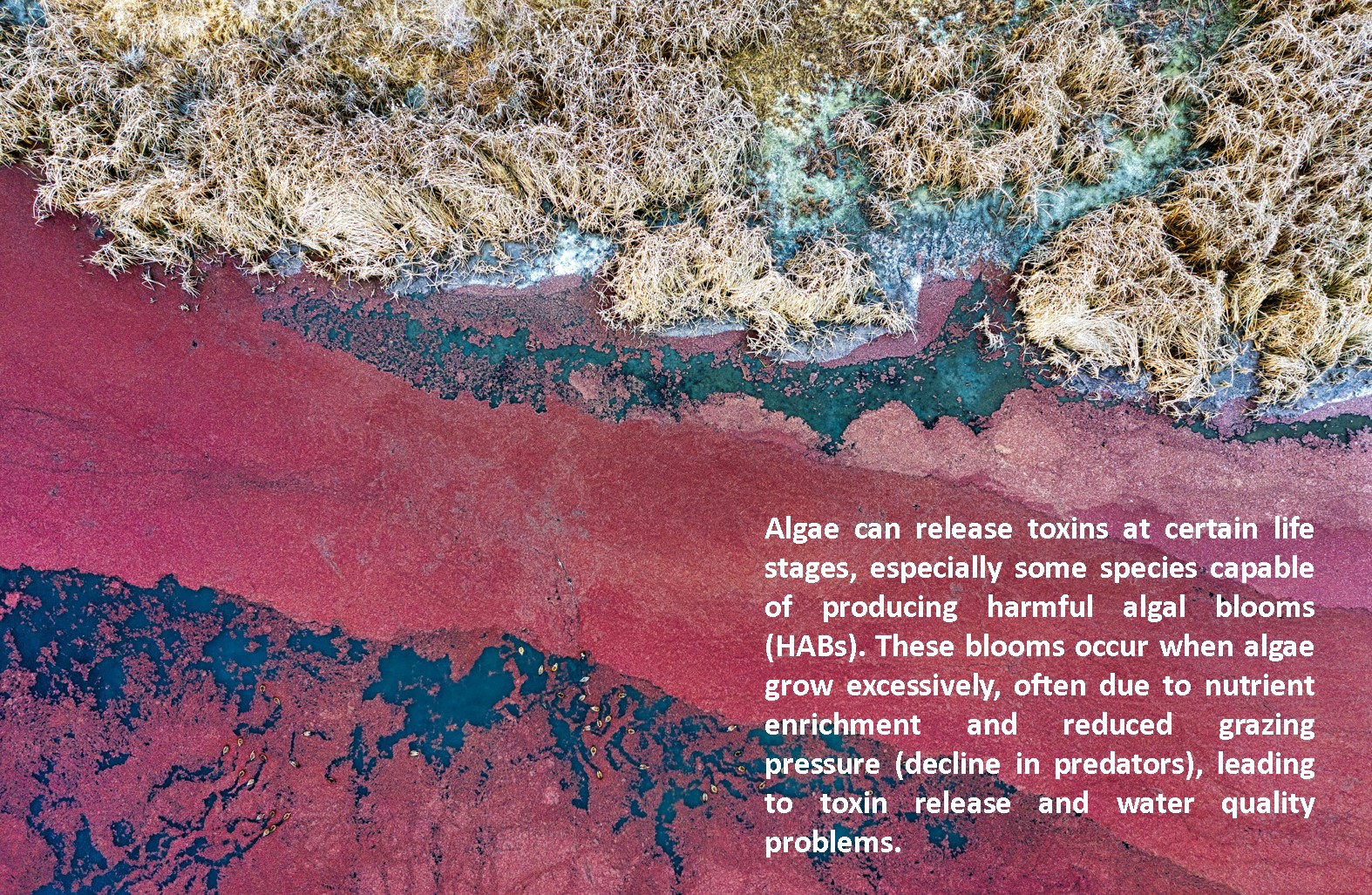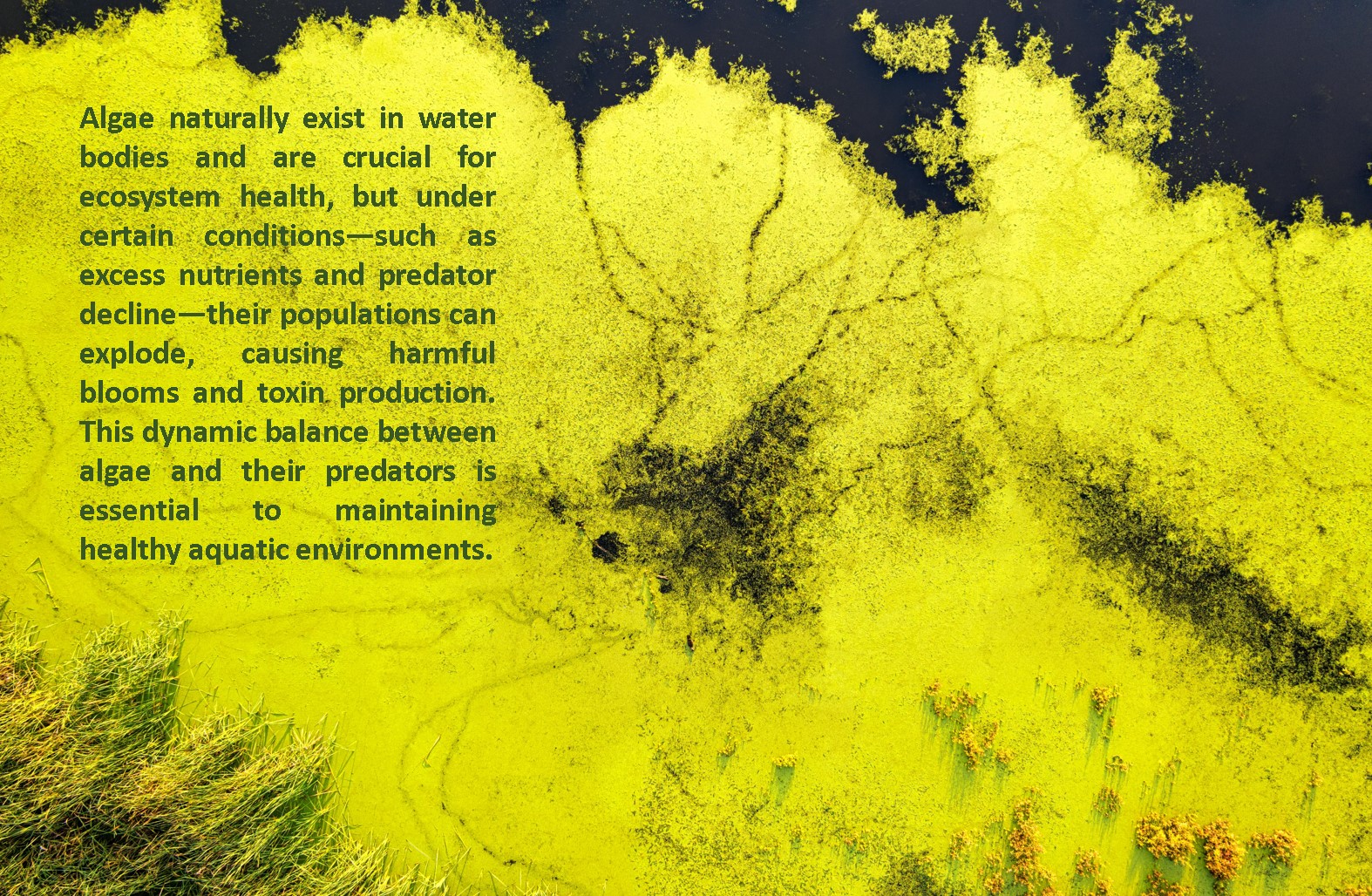Colorful yet toxic: algae
Algae bloom or harmful algal blooms (HABs) are rapid growths of algae, that can produce toxins harmful to humans, animals, and aquatic ecosystems. These blooms often appear colorful—ranging from green, blue-green, red, to brown—due to the pigments in the algae, which can make the water look like it has a colorful coating or paint spilled on the surface. Despite their striking appearance, many of these blooms are toxic. Cyanobacteria, in particular, produce a variety of toxins such as microcystins (which harm the liver), neurotoxins, and other harmful compounds. These toxins can contaminate drinking water, cause illness in humans and animals, and lead to fish kills and other ecological damage. HABs thrive in warm, nutrient-rich waters, especially where there is excess phosphorus and calm, sunny conditions. They can cause oxygen depletion in the water by blocking sunlight and through their respiration and decomposition, leading to "dead zones" where aquatic life cannot survive. Harmful algal blooms are colorful yet toxic. Their toxins pose significant health risks and environmental damage despite their visually striking appearance.
Although producing toxins during certain life stages, algae offer numerous significant benefits that make them highly valuable in various ecological and industrial contexts. Algae beneficial to ecology such as contribute to nutrient cycling and can improve water quality by absorbing excess nutrients like nitrogen and phosphorus, which otherwise contribute to harmful algal blooms. They play a crucial role in carbon fixation, helping to reduce atmospheric CO2 levels and mitigate climate change impacts. For industrial, algae are used in biofuel production, such as microalgae-to-biodiesel systems, offering a renewable energy source with potential to reduce reliance on fossil fuels. They serve as raw materials in the production of food additives, cosmetics, pharmaceuticals, and fertilizers due to their rich biochemical composition. Algae produce harmful toxins under specific conditions, but overall algae ecological functions and industrial applications underscore their essential and beneficial role in ecosystems and human industries.
Moneyhot Eka Lestari Maezenaza; About Us
Solving Problems: We engineer solutions for tomorrow's challenges
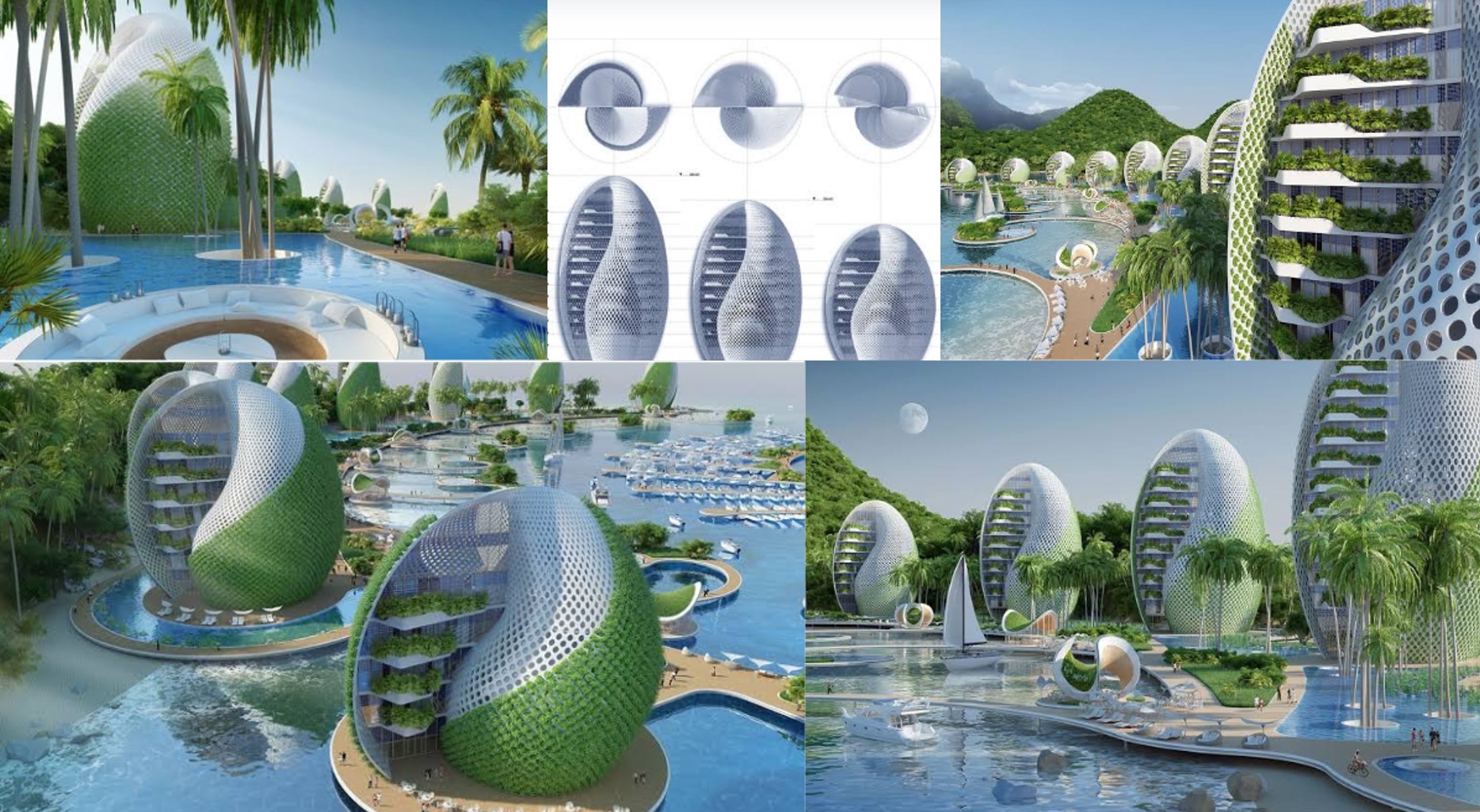
Moneyhot Eka Lestari Maezenaza is engineering comprehensive solutions for tomorrow’s climate challenges by accelerating renewable energy adoption, implementing nature-based carbon sequestration, deploying green technologies in key sectors, and securing innovative climate financing. These integrated strategies position Indonesia to meet its emission reduction targets while fostering sustainable development and resilience.
Moneyhot Eka Lestari Maezenaza is engineering solutions to address climate change mitigation through a multi-faceted approach that integrates renewable energy expansion, nature-based solutions, and climate finance mobilization.
Renewable Energy Transition, Indonesia has set ambitious targets to increase renewable energy's share in its energy mix to 23% by 2025 and 44% by 2030. Key actions include a moratorium on new coal-fired power plants, phasing out existing coal facilities by 2050, and scaling up investments in renewable energy infrastructure with a $21.6 billion plan. These efforts aim to reduce reliance on fossil fuels and lower greenhouse gas emissions substantially.
Nature-Based Solutions (NbS), Indonesia is implementing large-scale nature-based solutions such as reforestation, peatland restoration, and mangrove rehabilitation. The Climate Resilience Fund (CRF) “DINFRA” initiative mobilizes public and private investments to finance these projects, targeting a reduction of at least 128 million tonnes of CO2 equivalent by 2030. These NbS projects also enhance biodiversity and ecosystem resilience, crucial for sustainable climate mitigation.
Sustainable Fisheries and Green Technology, Innovations such as solar-powered, off-grid ice-making facilities in remote fishing communities reduce carbon footprints and improve livelihoods. These projects demonstrate how green technology can be tailored to local needs, promoting sustainable economic development alongside climate goals.
Climate Finance and Partnerships, Indonesia recognizes the funding gap in climate initiatives and actively engages in partnerships like the Just Energy Transition Partnership (JETP) and mobilizes investments through the CRF “DINFRA” fund. These efforts aim to attract institutional and private investors to scale up climate mitigation projects across sectors.
Join Us
To Fix The World from indonesia
Maximizing Land Capacity for Climate Change Mitigation.
Tackling climate change at the regional level requires tailored, integrated strategies that consider the unique environmental, social, and economic characteristics of each area. Maximizing land’s ability to mitigate climate change requires a holistic, region-specific approach. By integrating peatland conservation, soil quality improvement, land rehabilitation, and sustainable planning —with active community involvement— regions can enhance carbon sequestration, reduce emissions, and build resilience for both people and nature.
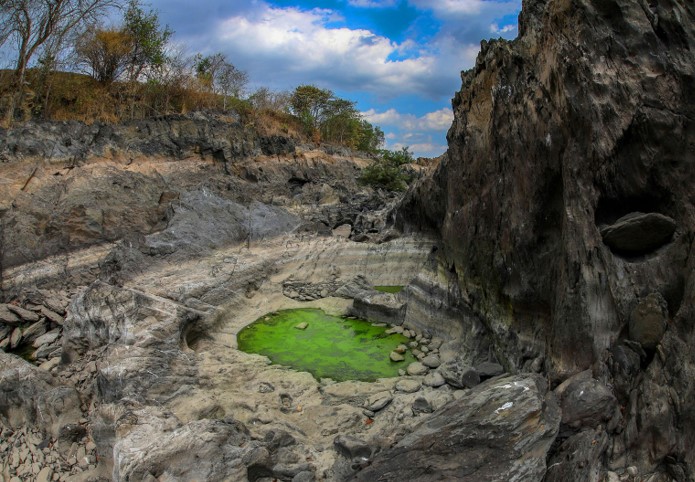
Let's Do These

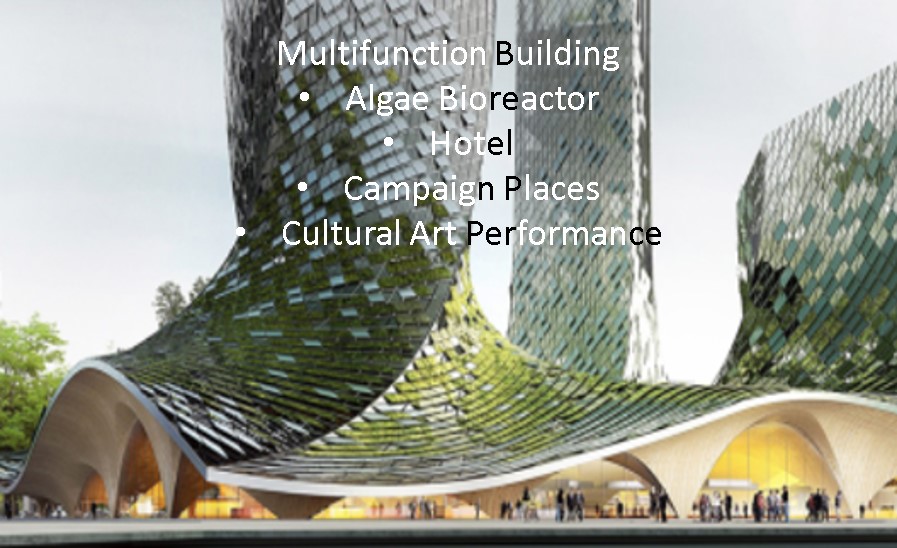
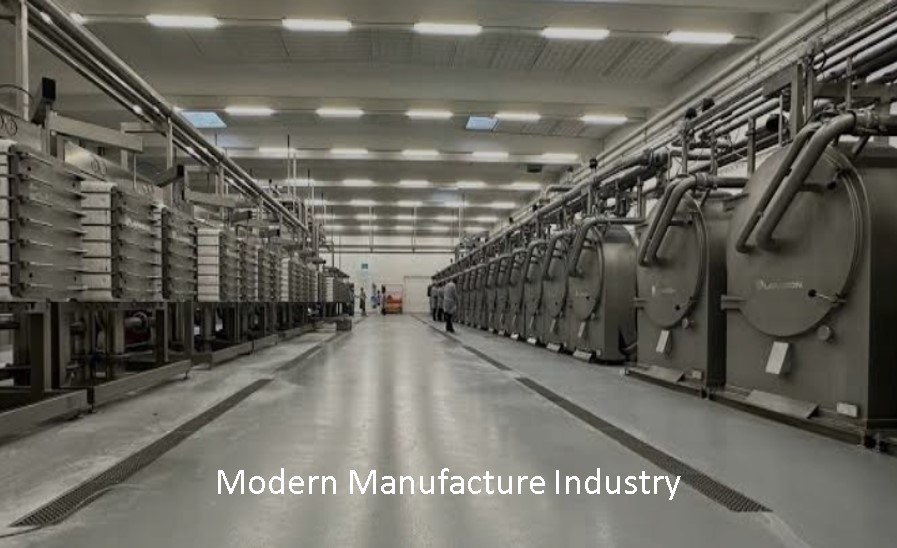
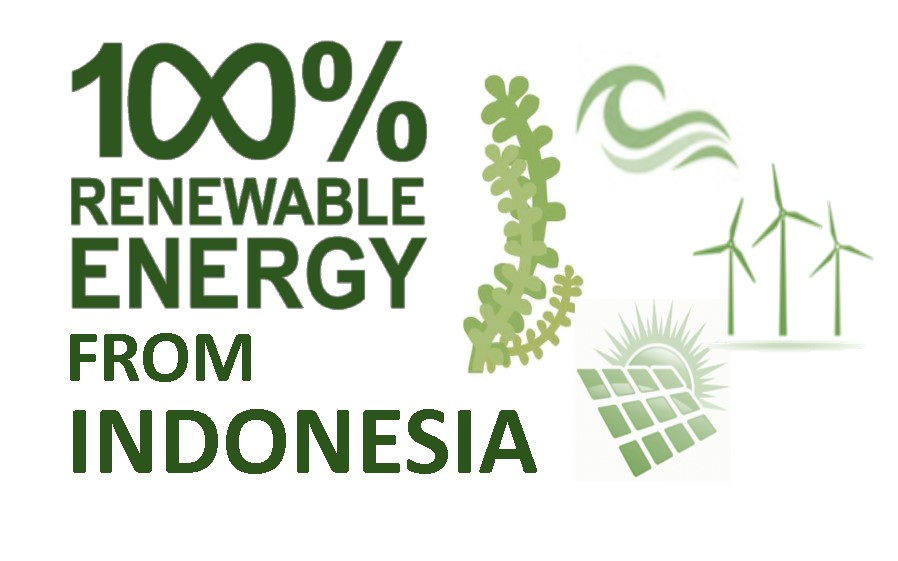

PT. Moneyhot Eka Lestari Maezenaza
Jl. Raya Darmo Harapan No. 1, Surabaya - Jawa Timur
Tel: +62 813 3381 5799, +62 811 991 4884

